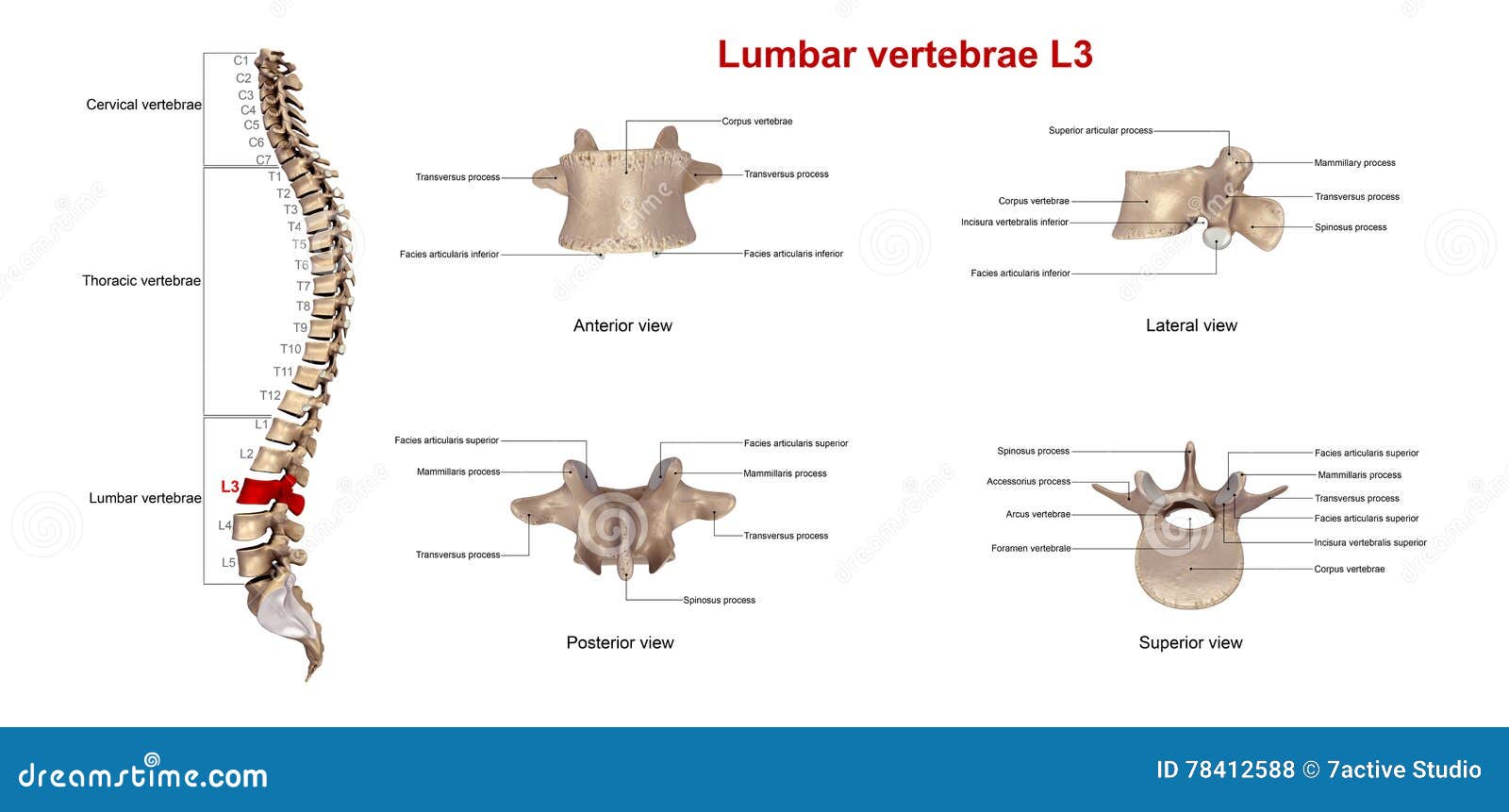Understanding L3: Support, Spine, And Networking
What does L3 mean? The answer is surprisingly complex, encompassing everything from the vital support structures in our lower backs to the intricate layers of digital communication and the hierarchical structures within technical support teams. Understanding the diverse meanings of "L3" reveals interconnected layers of biological mechanics, technological architecture, and human expertise.
In the realm of human anatomy, L3 refers to the third lumbar vertebra, a crucial component of the spinal column. This bone plays a pivotal role in supporting the upper body, facilitating movement, and housing essential nerve pathways. Damage or deterioration of the L3 vertebra can lead to significant pain and impairment, impacting mobility and overall well-being. Conditions like herniated discs, osteoarthritis, and fractures can occur at L3, often requiring medical intervention ranging from physical therapy to surgery. The L3 vertebras central position in the lumbar spine makes it particularly susceptible to stress and strain, highlighting the importance of maintaining good posture and engaging in exercises that strengthen the core muscles.
| Name: | Lumbar Vertebra 3 (L3) |
| Location: | Lower back, middle of the lumbar spine |
| Function: | Supports upper body, facilitates movement, houses spinal nerves |
| Associated Nerves: | L3 spinal nerves (affect sensation in lower thighs and knees, knee extension, and hip rotation) |
| Common Disorders: | Herniated discs, osteoarthritis, fractures |
| Reference: | InnerBody |
Shifting from the physical to the digital world, L3 also denotes Layer 3 in the OSI model of computer networking. This layer, also known as the network layer, is responsible for routing data packets between different networks. Its the logistical mastermind, determining the most efficient path for information to travel across the vast expanse of the internet. Think of it as the postal service of the digital realm, ensuring your emails, web pages, and other data reach their intended destination, regardless of geographical distance.
- The Umbrella Academy Unveiling Secrets Of The Kpkuang
- Jos Alonso Unveiling The Life Of The Mexican Actor
Furthermore, within technical support organizations, L3 represents the highest tier of expertise. L3 support professionals are the elite troubleshooters, tackling the most complex and challenging technical issues. They possess deep knowledge of system architecture, network configurations, and software intricacies. When L1 and L2 support teams reach their limits, L3 steps in, often working directly with product engineers or delving into source code to identify and resolve critical problems. Their skills are essential for maintaining system stability, minimizing downtime, and ensuring smooth operation for businesses and individuals alike.
| Support Level: | L3 (Level 3) |
| Expertise: | Advanced technical troubleshooting, infrastructure management, vendor coordination |
| Responsibilities: | Resolving complex technical issues, working with engineering teams, debugging source code |
| Skills Required: | Deep understanding of systems architecture, networking, and software/hardware |
The term L3 also surfaces in the context of job titles, particularly in engineering and IT. L3 often signifies a senior-level engineer with extensive experience and expertise, often referred to as DevOps engineers. These individuals possess a broad skillset, capable of managing complex systems, automating processes, and troubleshooting intricate technical challenges. They are the backbone of many organizations, ensuring the smooth and efficient operation of critical infrastructure.
The parallel between the anatomical and technological definitions of L3 is striking. Just as the L3 vertebra provides essential support for the human body, L3 support professionals and network infrastructure provide crucial support for the digital world. Both forms of L3 are central to their respective systems, ensuring stability, functionality, and the efficient flow of information and movement. This multifaceted understanding of L3 highlights its significance across diverse fields, demonstrating the interconnectedness of biological, technological, and human systems.
- Decoding Vins Your Guide To Vehicle Identification Numbers
- Exploring Refer Earn Gold Latest Releases More
Finally, the layered approach evident in both the spinal column and network architecture emphasizes the importance of specialized functions working in harmony. Each vertebra in the spine contributes to overall stability and flexibility, just as each layer of the OSI model plays a specific role in enabling seamless communication. From the intricate workings of the human body to the complex landscape of digital networks and the hierarchical structures of support teams, the concept of "L3" reveals a fascinating tapestry of interconnected meanings, highlighting the importance of support, structure, and expertise across diverse domains.



Detail Author:
- Name : Viva Hills
- Username : crooks.bridgette
- Email : kterry@hotmail.com
- Birthdate : 1999-09-13
- Address : 90392 Ibrahim Springs Suite 477 Lake Lucius, KY 98987
- Phone : (754) 332-1050
- Company : Feeney-Jast
- Job : Patternmaker
- Bio : Dicta itaque earum quaerat atque nam. Reiciendis ipsa quasi fuga blanditiis sunt eos quas. Ut atque error et quaerat non. Velit sequi eligendi quibusdam quod consequatur quibusdam.
Socials
facebook:
- url : https://facebook.com/pricej
- username : pricej
- bio : Sed corrupti voluptatem pariatur saepe. Architecto et voluptates aut.
- followers : 896
- following : 1381
tiktok:
- url : https://tiktok.com/@jeremie9065
- username : jeremie9065
- bio : Ea et nostrum enim. Eligendi fugit reprehenderit aut in ut quam quia pariatur.
- followers : 1839
- following : 2621
linkedin:
- url : https://linkedin.com/in/pricej
- username : pricej
- bio : Nisi cupiditate ad molestiae.
- followers : 3458
- following : 674